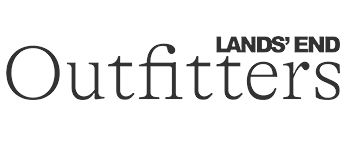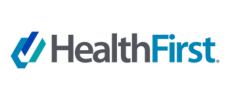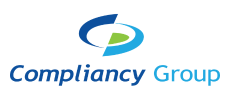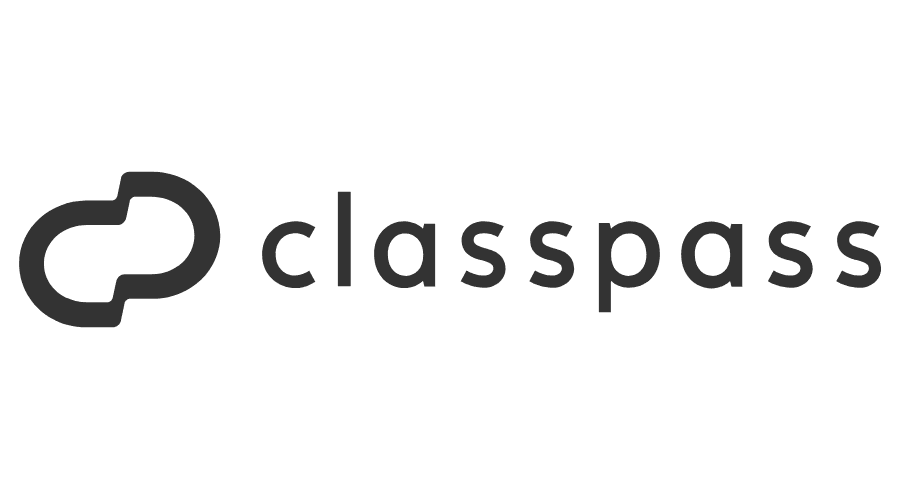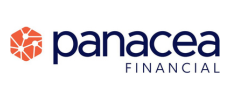OSC Issues Report on Rural Health Professional Shortages, Including Dentists
The Office of the New York State Comptroller (OSC) has issued a report on health professional shortages, including dentists, in rural areas of New York State.
DiNapoli: Rural Counties Face Shortage of Health Professionals
A new report by State Comptroller Thomas P. DiNapoli examined healthcare professional shortages in 16 rural counties in New York state and found alarming shortfalls in primary care, pediatric, and obstetrician and gynecologist (OBGYN) doctors, dentists, and mental health practitioners, with several counties having no pediatricians or OBGYN doctors at all. The shortage of mental health practitioners in New York’s rural counties may be the most severe, with all counties designated by the federal government as areas having professional shortages. The rural counties examined were Allegany, Cattaraugus, Chenango, Delaware, Essex, Franklin, Greene, Hamilton, Herkimer, Lewis, Schuyler, Steuben, Sullivan, Washington, Wyoming, and Yates.
“Having access to health care is an essential quality of life issue and helps people live healthier lives,” DiNapoli said. “Addressing gaps in the rural healthcare workforce to alleviate current shortages and plan for future demand will not only positively impact the health of people living in less populated areas of New York, but could also create new jobs and bolster our rural economies.”
Key Findings:
- Ten of the sixteen rural counties covered in this report are federally designated as Health Professional Shortage Areas for primary care, dental, and mental health; all 16 counties examined have shortage designations for at least two of these fields of medicine.
- On average, the 16 rural counties have four primary care physicians per 10,000 people – a ratio that is less than half that of the state (8.1) and the U.S. (8.4) and falls below the Graduate Medical Education National Advisory Committee (GMENAC) guideline (6.9). For the nearly 173,000 people within designated Primary Care Health Professional Shortage Areas (HP Shortage Area) who are underserved (23% of the rural counties’ population), these shortages are far more acute – as low as 0.12 physicians per 10,000 people.
- The 16 rural counties have 0.5 pediatricians for every 10,000 people – less than one-fifth of the state ratio (2.8), one-third of the U.S. (1.8), and less than half the GMENAC guideline (1.2). There are no pediatric physicians in three of the 16 counties.
- The OBGYN physician to 10,000 population ratio of the 16 rural counties is 0.4 – meaning there is roughly one OBGYN physician for every 23,000 people. This is less than half the GMENAC guideline (1). Four counties – Hamilton, Herkimer, Schuyler, and Yates – have no OBGYN physicians at all.
- The 16 rural counties’ dentist to 10,000 population ratio (3.6) is less than half of the state ratio (8.3). There are no dentists in Hamilton County. Ten of the sixteen rural counties have dental HP Shortage Areas for the Medicaid eligible population with a combined underserved population of 134,248 people, or nearly 18% of the population.
- The rural counties’ mental health practitioner to 10,000 population ratio (6.9) is less than half that of the state (16.1). All of the rural counties are designated as mental health HP Shortage Areas either for the entire population, or for portions of the population like the low income or Medicaid eligible portions of the population. In the rural counties, there are 305,265 people within mental health HP Shortage Areas who are designated as underserved by the Health Resources Services Administration, or nearly 41% of the population.
Impact of Federal Actions
The limited number of providers and physical facilities in New York’s rural counties presents an additional barrier to recruiting more healthcare professionals. Not all counties have hospitals or rural health clinics, and those that do operate on tight margins, or at a loss. Reductions in eligibility for Medicaid and the Essential Plan made in the recently enacted federal budget bill (Public Law No: 119-21) may exacerbate the issue, potentially forcing some rural hospitals to close. New York state has six rural hospitals that are in the top 10% for Medicaid payer mix throughout the nation and an additional five that have experienced three consecutive years of negative margins. In the 16 rural counties examined, 204,899 people, or 27% of the population, were enrolled in Medicaid as of May 2025. It is unclear at this time the extent to which the impact of Medicaid cuts on rural healthcare systems will be offset by funding made available through the federal Rural Hospital Transformation Program. Public Law No: 119-21 allocated $10 billion a year from federal fiscal years 2026 to 2030 to support rural hospitals, clinics, federally qualified health centers, and community mental health centers, but it is not guaranteed that all states that apply will receive funding.
Overcoming Rural Barriers to Healthcare Access
Transporting people to healthcare, particularly those with limited or no access to cars, is particularly challenging. Most rural counties have limited public transportation options, but paratransit for the elderly is relatively common, and there may be opportunities to expand services to other demographics where such services don’t exist. The expansion of telemedicine for certain types of care is another option to bolster rural health systems but is not a complete solution. Physical examinations are more difficult, when possible, through telemedicine and many necessary services like bloodwork and other testing require in-person access to patients. For other types of care, such as mental health counseling, telemedicine has the potential to increase access to providers. Other strategies to increase healthcare access involve meeting people where they are. Mobile clinics can be deployed on a regular schedule to underserved rural communities, alleviating transportation barriers to access, and without the cost of opening and maintaining brick and mortar clinics. School-based health centers are another option to expand healthcare access to rural New York. Policies to bolster the rural healthcare workforce can also be pursued, such as incentivizing the training of new healthcare professionals to serve in rural New York through loan forgiveness programs and rural stipends or subsidies, and attracting existing professionals to rural areas through similar programs or implement reciprocity programs for out-of-state professionals to serve in rural areas.
Analysis
The Doctor is...Out: Shortages of Health Professionals in Rural Areas
Related Reports
Rural New York: Challenges and Opportunities
Availability, Access and Affordability: Understanding Broadband Challenges in New York State
Audit: Maternal Health


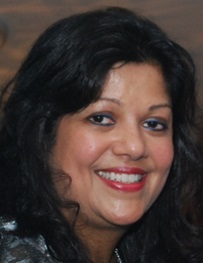

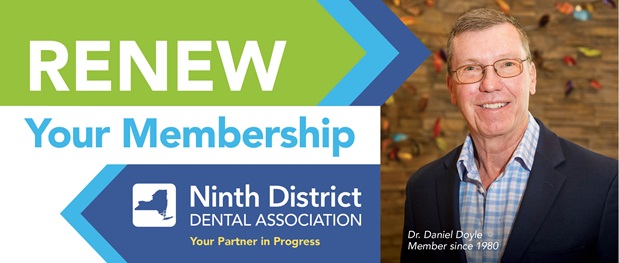
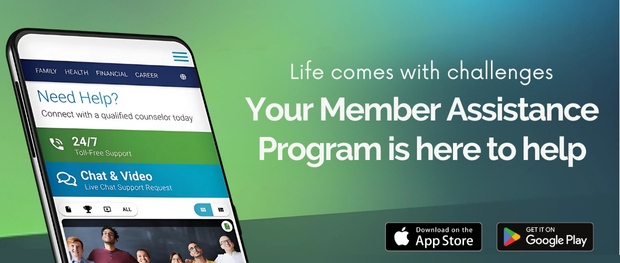




.png?sfvrsn=4447de7f_1)






